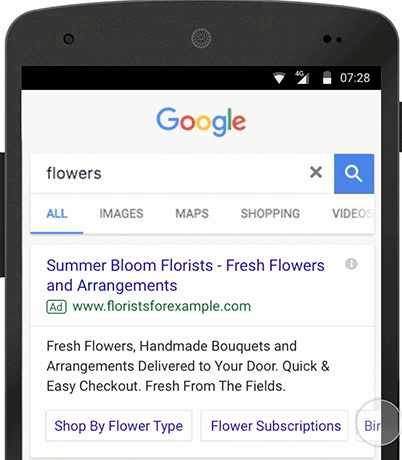Twitter has released a new type of video ad called the Video Website Card, which is aimed at helping advertisers drive traffic to where they need it most.

The new ad unit uses a multi-faceted approach to help streamline the process of directing users to your site, mobile app, or any other place you want.
It starts with an auto-playing video ad which Twitter says drove twice the normal engagement of standard mobile video ads in a beta test.

After the video is over, advertisers can include a clear call-to-action to drive viewers to your preferred location. However, if a user taps the ad while the video is still playing, it will continue to play while the website loads. Twitter claims this increases user retention by over 60% because it keeps users engaged while waiting for your site to load.
As you would expect, the ad unit also includes a customizable headline and a destination URL. You can also optimize the Video Website Card for your specific goals, such as video views, website clicks, or awareness.
The ad unit is already available to all Twitter users around the world, so you can start testing the new Video Website Cards today.








